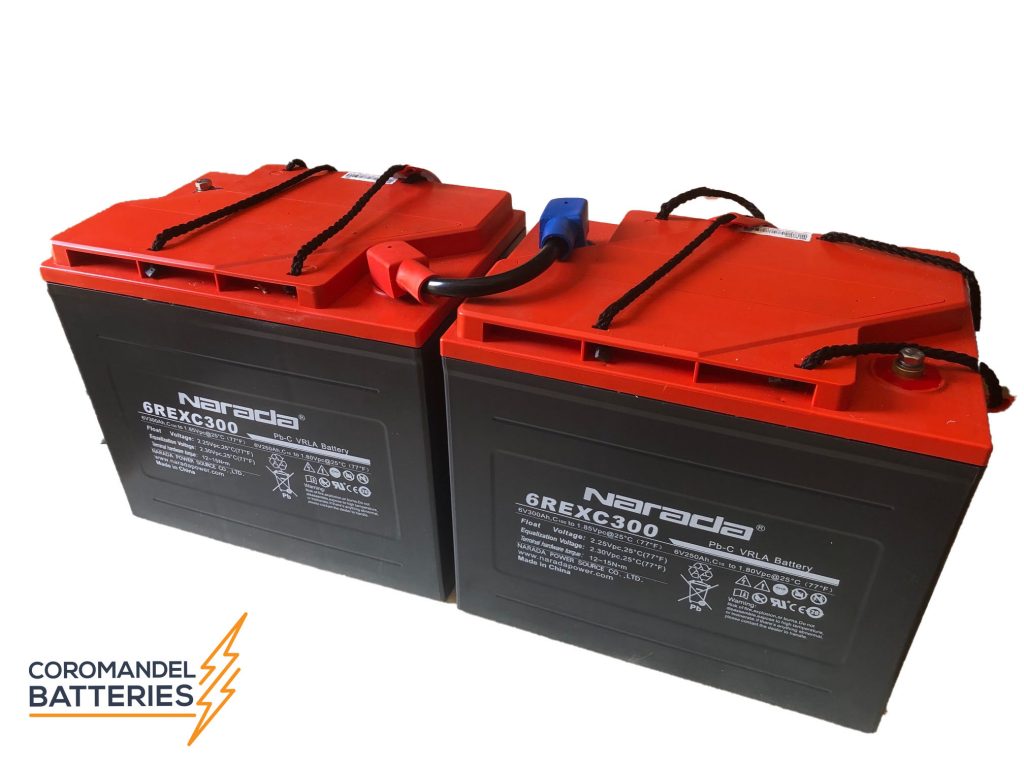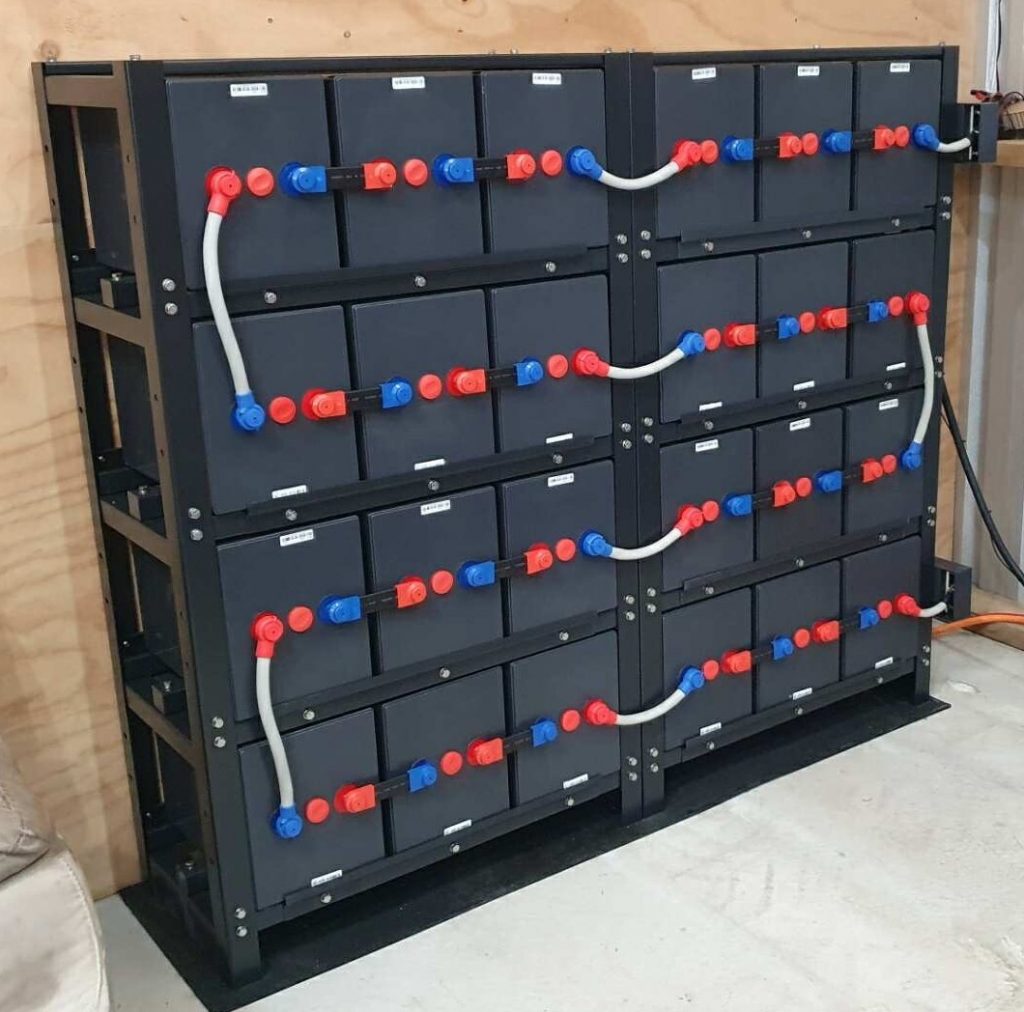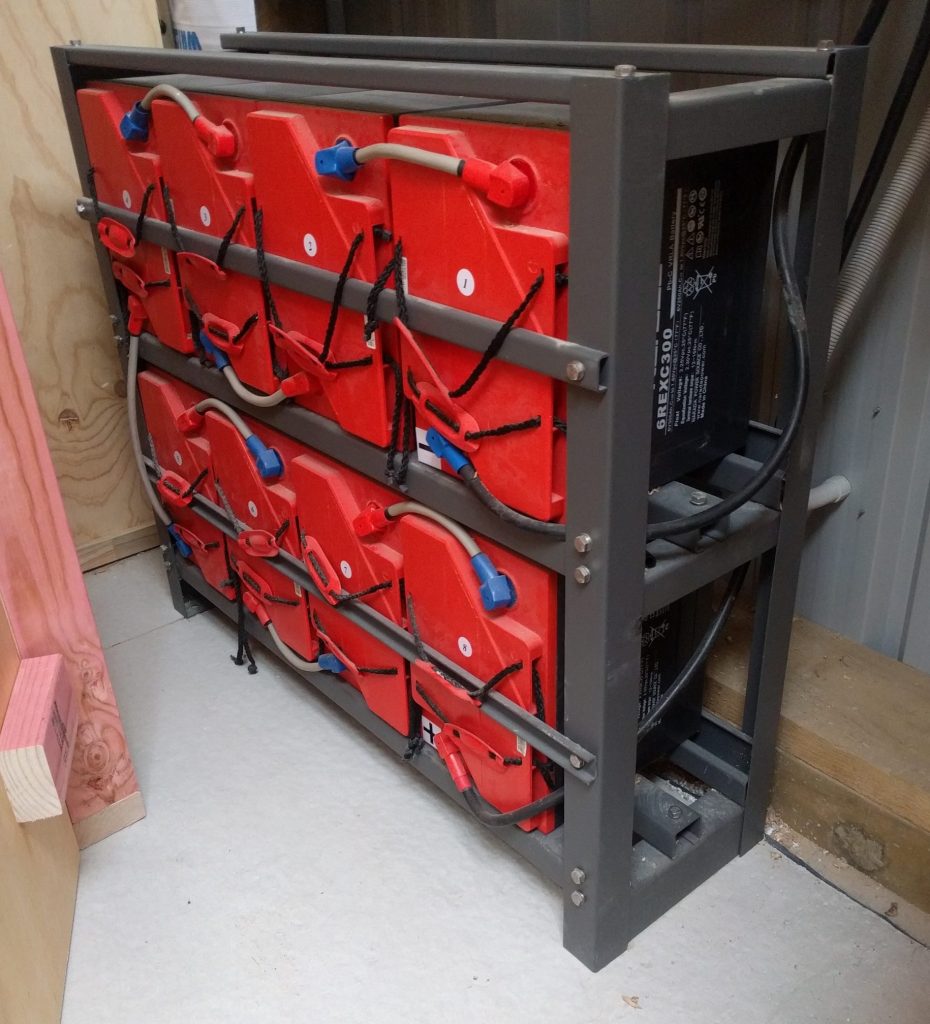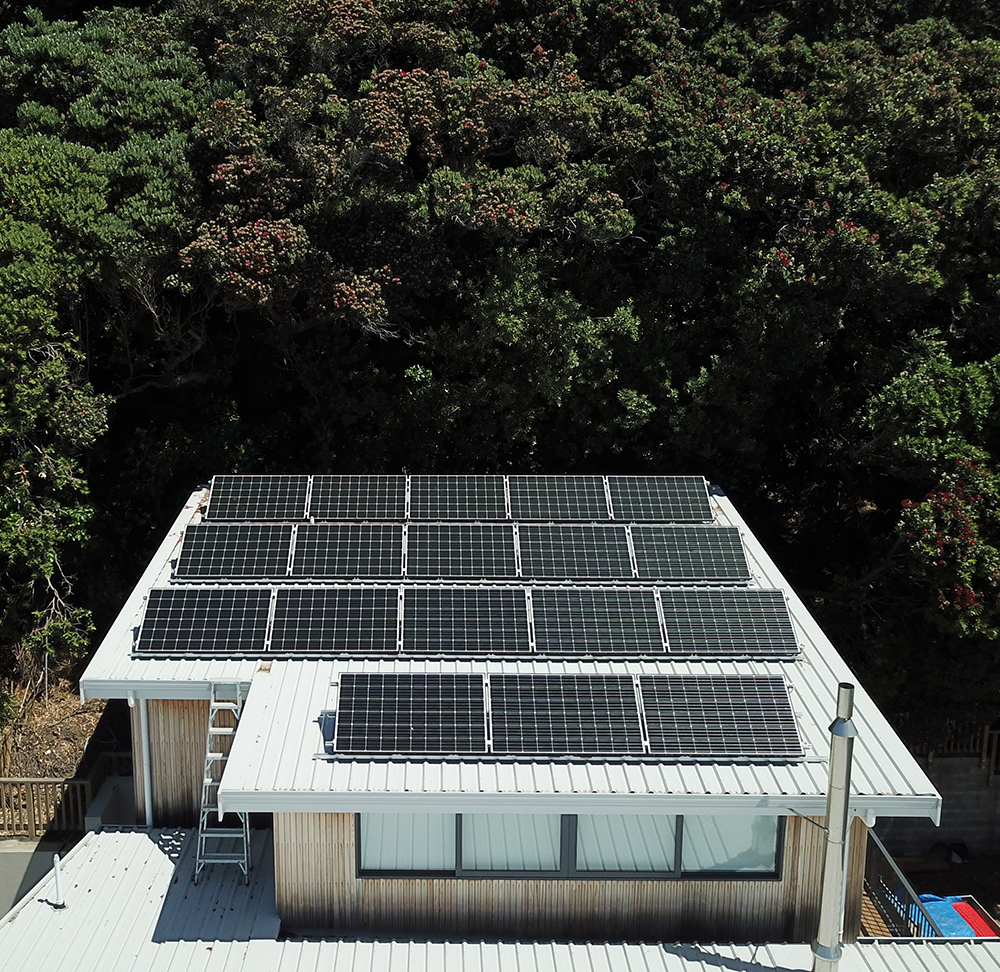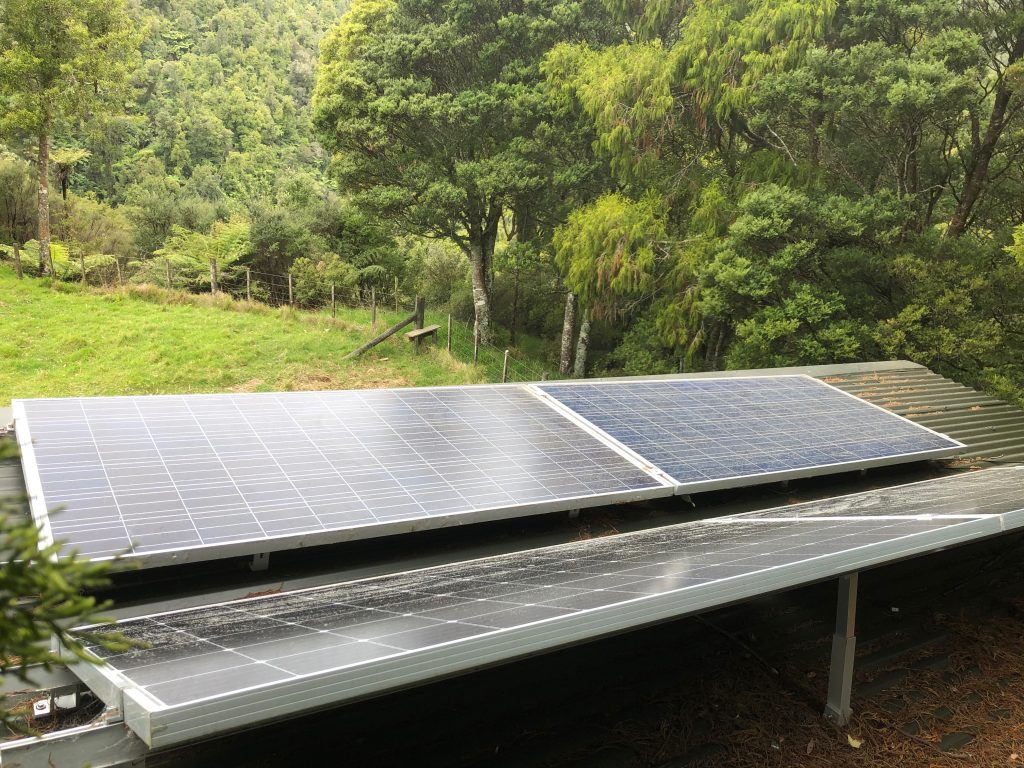Getting the correct balance between power usage, size of solar panel array and battery bank size is crucial to getting the most out of your off-grid system. It is also an exercise that is rushed or not taken seriously by many people, and is subject to all sorts of ill-informed or out of date ideas.
The steadily reducing costs of solar panels over the last decade, to the point where panels can easily be obtained for a price of less than $1 per watt of output (e.g. less than $300 for a 300 watt solar panel) has changed the way solar systems are designed. Other components such as panel mounting hardware, inverters, chargers, batteries and generators have not reduced in price to the same extent, but the availability of lead-carbon and lithium batteries means that you can have a battery bank that can handle very deep discharge without damage compared to standard flooded lead acid batteries.
There is a New Zealand and Australian standard (AS/NZS 4509.2 “Stand-alone power systems – System design”) that gives detailed information on designing an off-grid solar system. This is so comprehensive that it has been used by other countries and many companies for the basis of their own design software. Unfortunately it is not sponsored by MBIE as a free download and users must pay $198 + GST to get a copy. It is likely that your local electrician will have a copy if they are a solar specialist. However this document is quite light on battery sizing information and does not fully take account of different battery technologies and performances and changes over the last 10 years. It dated 2010 and although “reaffirmed” in 2016 is now somewhat out of date.
When considering the size of your battery bank there are a number of key considerations:
- are you going to use a generator to handle larger appliances and/or to provide power after extended periods of cloudy weather or in winter?
- is your solar array capable of charging the battery bank at the recommended charge current rates?
- if you are not using a generator, how many days of bad weather will you allow the system to handle before you run out of power?
- is your off-grid building used all year round, or mainly as a summer bach or an intermittent workshop, or remote hut?
- are you considering the manufacturers recommended depth of discharge (DoD) for the each battery type or model you are considering?
Here are some examples of system sizing using lead-carbon batteries (note that none of these include a generator as it is generally more economic to have more solar panels and slightly bigger battery bank than have a generator to deal with cloudy days):
Remote hut or workshop/shed with intermittent but occasionally heavy use:
- 600 watts solar panels (2 x 300W)
- 2 x 6V 6REXC-300 batteries (12V, 3.6kWh capacity)
- 40 amp MPPT controller
- 1000 watt inverter
Tiny house with basic appliances, gas cooking and HW, full time occupation by 2 people:
- 1200 watts solar panels
- 4 x 6V 6REXC-300 batteries or 12 x 2V REXC-300 (24V 7.2kWh capacity)
- 40 amp MPPT controller
- 2000 watt inverter
Small off grid house, gas cooking and HW, small family:
- 2400 watts solar panels
- 8 x 6V 6REXC-300 batteries or 24 x 2V REXC-300 (48V 14.4kWh capacity)
- 50 amp MPPT controller
- 3000 watt inverter
Large off grid house, gas cooking and some electric water heating, family:
- 5000 watts solar panels
- 24 x 2V REXC-600 (48V 28.8kWh capacity)
- 2 x 50 amp MPPT controller (2 sprigs of panels)
- 5000 watt inverter

